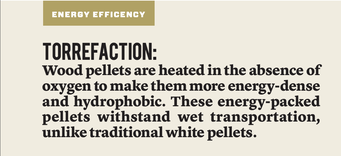Staying the Course for Georgia's Forest
A COVID-Conscious Quest
By Stacia Kelly
Fall 2020
GFC’s William Whitley talks wood-energy technology with Harold Arnold, President of FRAM Renewable Fuels, and GFC’s Devon Dartnell.


|
Georgia Forestry Magazine is published by HL Strategy, an integrated marketing and communications firm focused on our nation's biggest challenges and opportunities. Learn more at hlstrategy.com
|
